Entomophagy: Collecting and Eating Red Palm Weevil Larvae from Nipa Palms in Sumatra, Indonesia
The red stripe form of red palm weevil (referred to here as Rhynchophorus vulneratus) is harvested for food from nipa palm trunks in parts of Sumatra by rural and semi-rural agrarians. Nipa palms ( Nypah fruticans; known as buah atap in Indonesia) typically grow in swampy muddy areas (in either fresh or brackish water conditions)...
By Mark Hoddle |
Tamarixia radiata release video
Christina Hoddle explains the release of Tamarixia radiata at UC Riverside. Video recorded on December 20, 2011 at University California Riverside. For more information about Tamarixia radiata and Asian Citrus Psyllid, visit the CISR website: http://cisr.ucr.edu/asian_citrus_psyllid.html
By CISR Team |
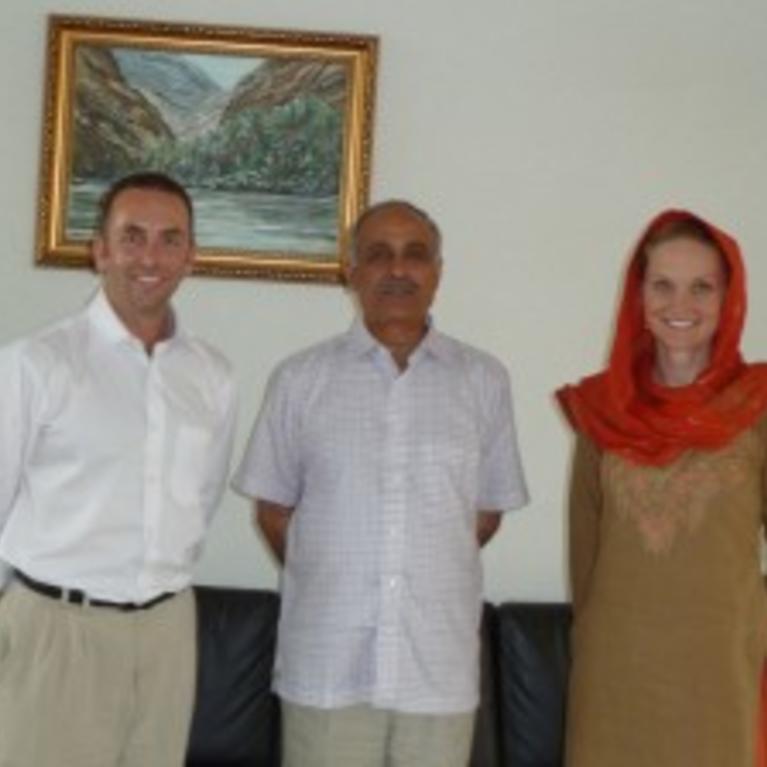
Hunting for Natural Enemies of Asian Citrus Psyllid in Pakistan
Asian citrus psyllid (ACP) was found in California in late 2008 in San Diego and Imperial Counties. This invasive pest sucks sap from citrus and is a major concern for California because when feeds ACP inject into trees bacteria that cause a lethal disease of citrus known as huanglongbing (HLB). This plant disease is incurable...
By CISR Team |
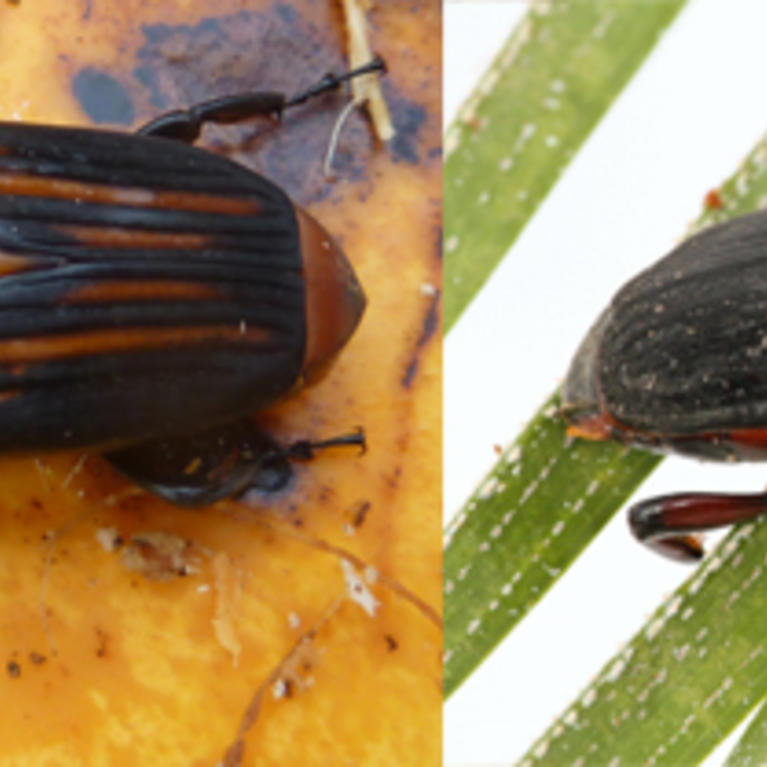
Testing Red Palm Weevil Pheromone Traps in the Philippines
In August 2010, red palm weevil (RPW), was officially detected in Laguna Beach, Orange County California. This insect was recovered from a dying Canary Islands palm in a residential property and has been declared by FAO to be the world’s most destructive palm pest. At least 2-3 additional palms are thought to have been killed...
By CISR Team |
Invasive species rise after 9-11
Recently CISR Director, Mark Hoddle, was interviewed on the Voice of Russia Radio about new research on invasive species after 9-11. The Associated Press reported hundreds of agricultural scientist who normally conducted inspections for invasive species were redirected to Homeland Security, causing a huge spike of invasive species coming into the US. AP reports its...
By CISR Team |
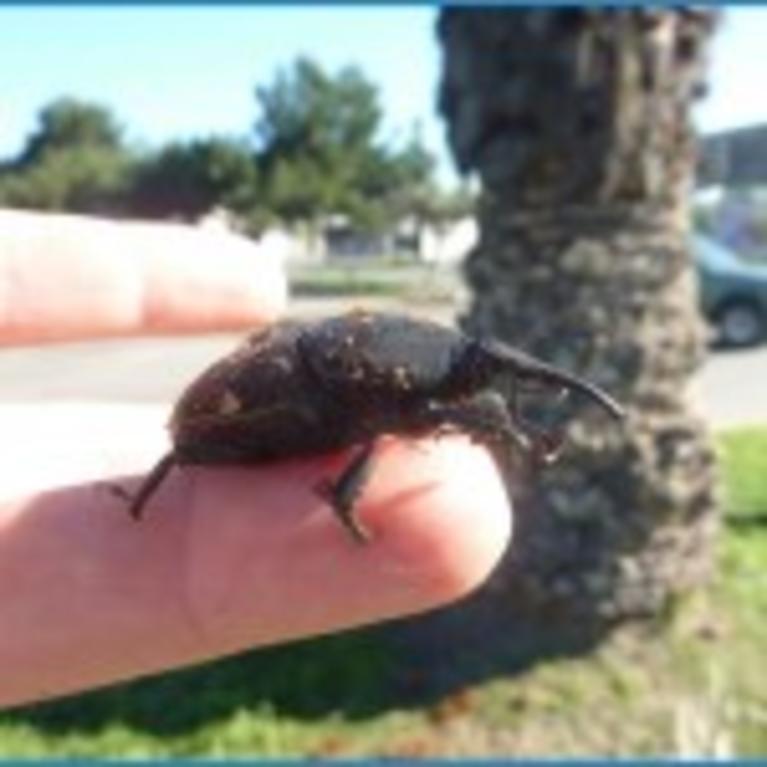
Palmageddon: Are California’s Palms about to Face the Perfect Storm?
Two species of giant palm weevils, Rhynchophorus ferrugineus (commonly known as the red palm weevil) and Rhynchophorus palmarum (South American palm weevil) have both been detected in Southern California. The red palm weevil (RPW) was officially discovered in Laguna Beach in Orange County (California USA) in September 2010. The beetle has been declared by FAO...
By Mark Hoddle |
Looking for Red Palm Weevil in Indonesia
The discovery of red palm weevil (RPW) in Laguna Beach Orange County, California USA has generated considerable interest amongst University of California Riverside research scientists and County, State, and Federal regulatory agencies. There are two color forms of the red palm weevil, the orange form (known as Rhynchophorus ferrugineus) and the black form with the...
By Mark Hoddle |
CBS News Interested in the RPW Invasion in California
The Red Palm weevil (RPW) problem in southern California has picked up local news interest. Bill Whitaker and his news team from CBS evening news came to UCR on the 16th of February 2011 to interview Dr. Mark Hoddle about research that is being conducted at UCR on this pest. This interview was part of...
By Christina Hoddle |
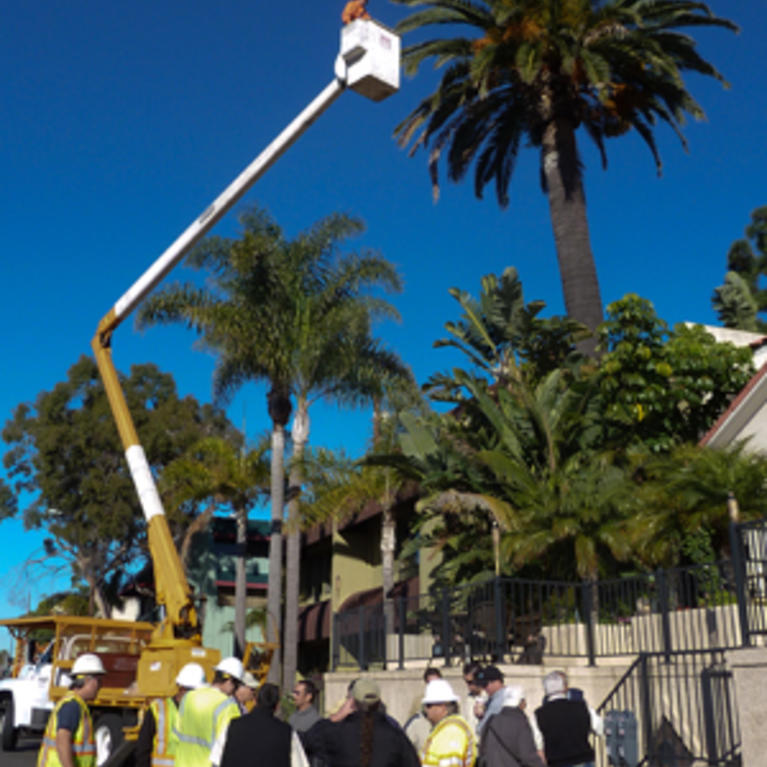
Red Palm Weevil Technical Working Group Field Trip to Laguna Beach
Red Palm Weevil Technical Working Group Field Trip to Laguna Beach 29 November to 1 December 2010 The red palm weevil (RPW) technical working group (TWG) met for three days in Laguna Beach over the period 29 November to 1 December 2010. The TWG was comprised of experts working on RPW in Spain, Israel, and...
By CISR Team |
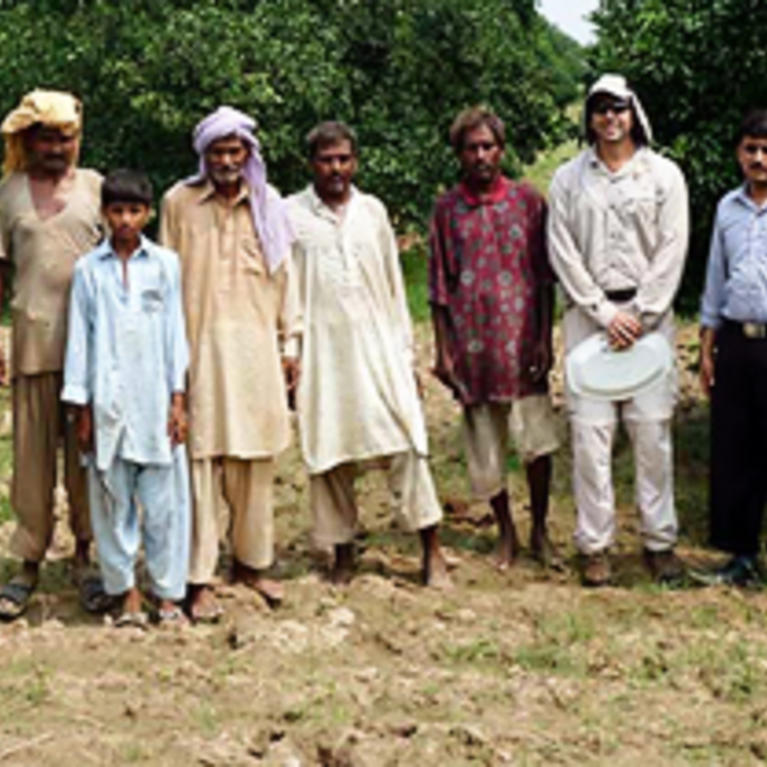
Tracking Down Asian Citrus Psyllid in Pakistan
The Hunt for Natural Enemies has Begun Asian citrus psyllid (ACP), Diaphornia citri, is considered to be one of the world’s most serious threats to economic citrus production because it vectors a bacteria, Candidatus Liberibacter asiaticus, that causes Huanglongbing (HLB) (also known as citrus greening), a disease that is lethal to most varieties of citrus...
By CISR Team |
Let us help you with your search